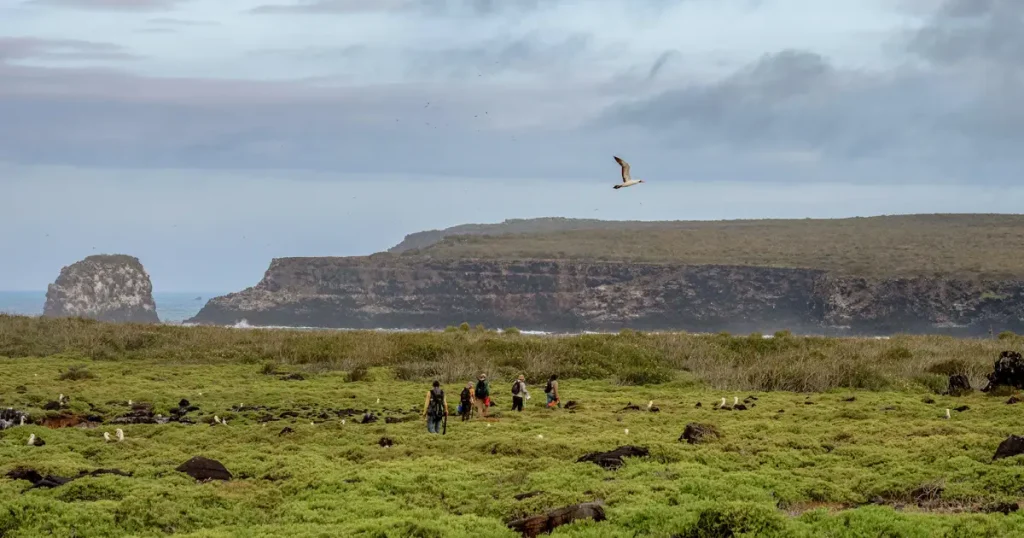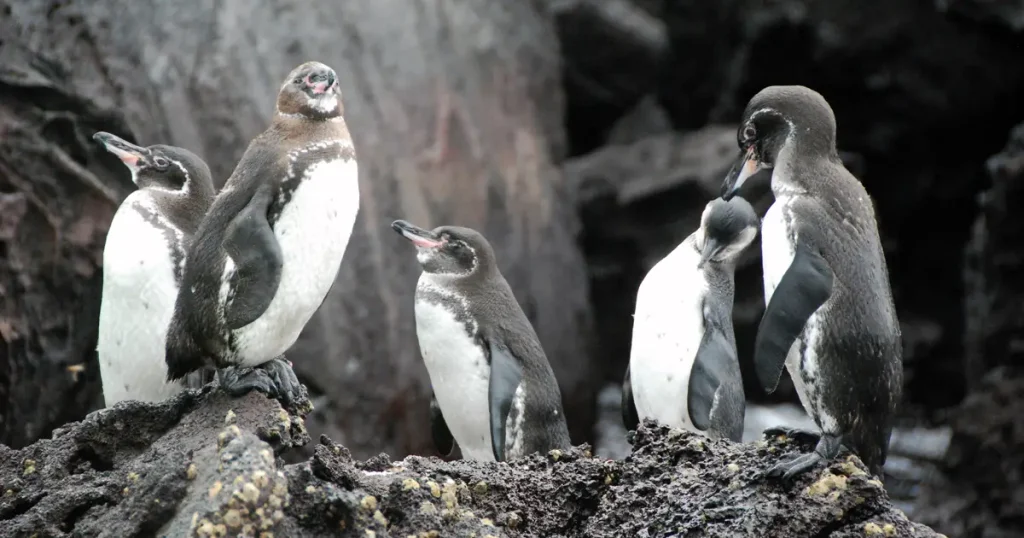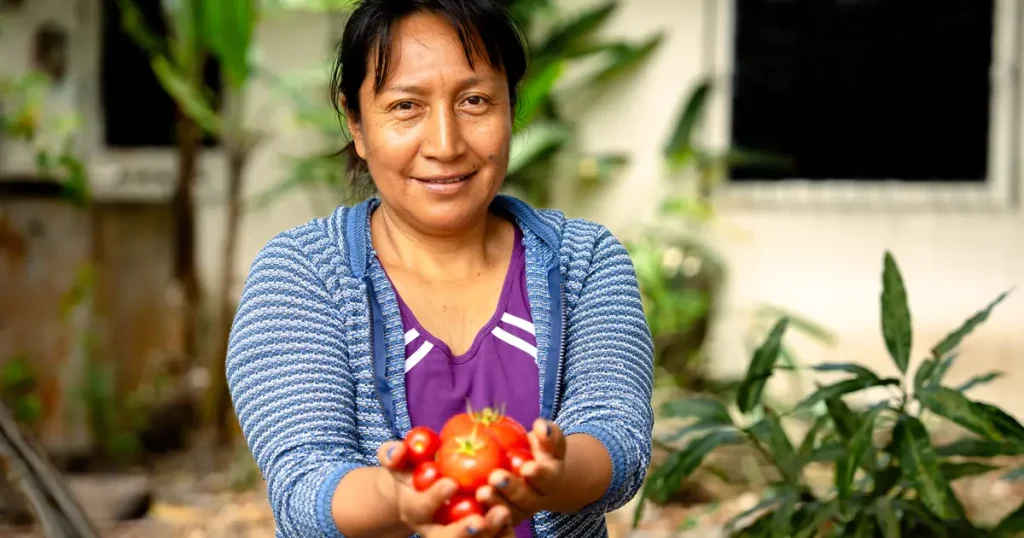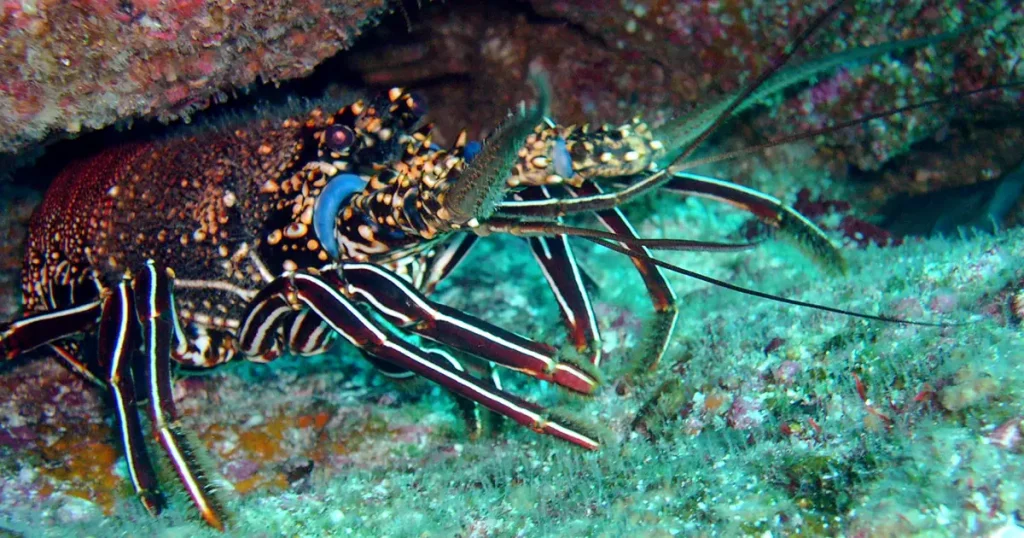Three Giant Tortoises, Three Lessons for Humanity
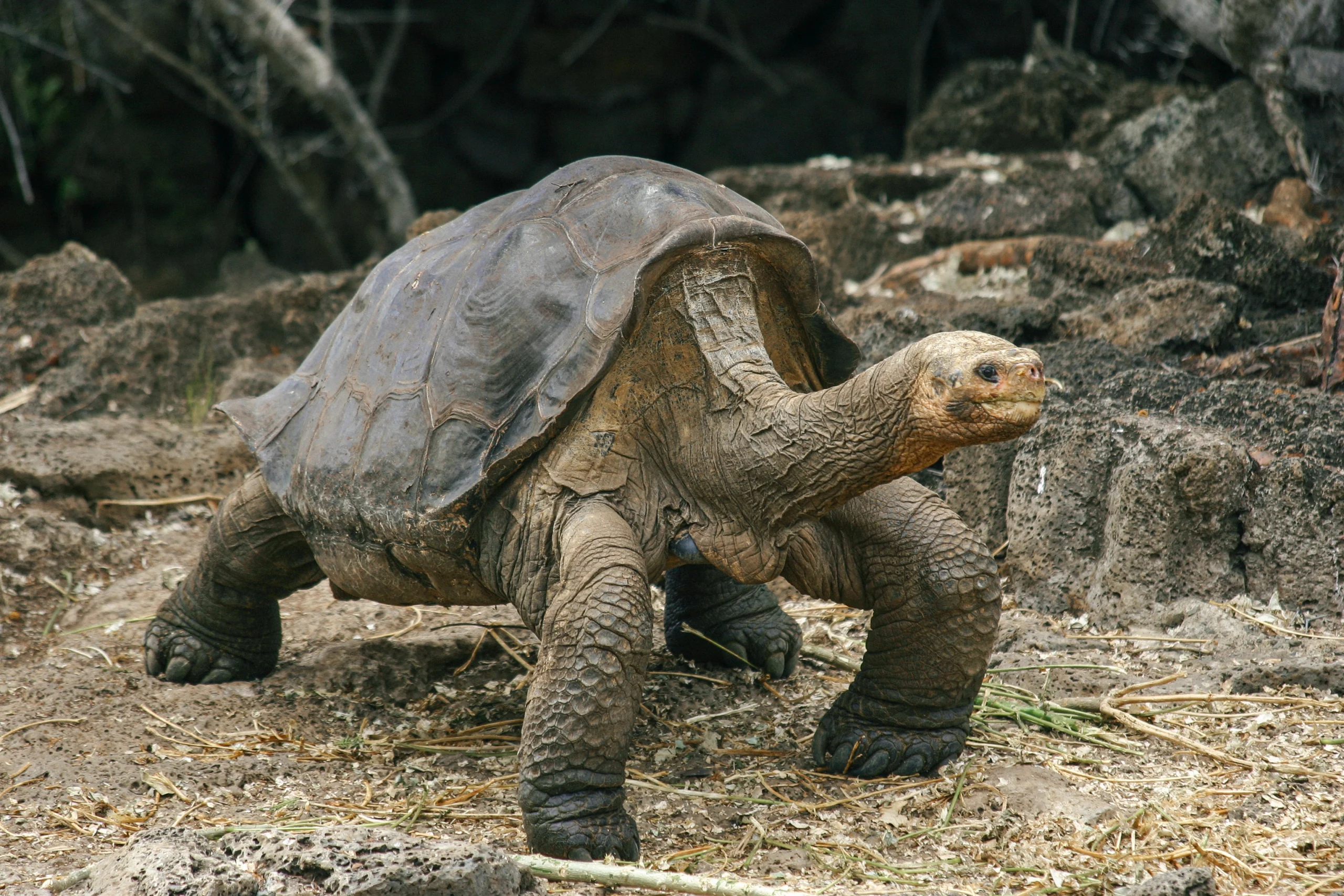
Lonesome George, Diego, and Fernanda are three of the most famous names in Galápagos. They are powerful symbols that, in turn, warn us of loss, inspire us with success, and open our eyes to new possibilities for protecting life on our planet.
A single, iconic figure can sometimes tell the story of an entire species. In Galápagos, three giant tortoises do just that: George, the warning sign; Diego, the hope of his kind; and Fernanda, the unexpected surprise. Their lives remind us that conservation is never a short-term effort, but a profound choice that shapes the future. Each represents a different chapter in the story of Galápagos, yet together they offer a shared lesson: they show us the consequences of negligence, the triumph of determined commitment, and the reward of daring to keep searching.
Lonesome George: The Warning We Can’t Ignore
For more than 40 years, Lonesome George was the last known representative of his species (Chelonoidis abingdonii). Discovered in 1971 on Pinta Island and brought the following year to the Fausto Llerena Breeding Center on Santa Cruz, he lived under the care of scientists and park rangers who spent decades trying to preserve his lineage and save his species—sadly, without success.
On June 24, 2012, when George died, the entire world was shaken. His image had already appeared in museums, documentaries, and headlines, making him a global icon. Yet behind his fame lay an uncomfortable truth: efforts to save his species were valuable, but they came too late.
After his death, with support from Galápagos Conservancy, his body was preserved at the American Museum of Natural History in New York and, in 2017, returned to the islands. Today, George rests in the Symbol of Hope hall, part of the Route of the Tortoise exhibit in Santa Cruz, where thousands of visitors reflect on the importance of conservation each year.
George’s legacy reminds us that what we fail to protect before it’s too late is lost forever. His story became a stark mirror reflecting the consequences of our past choices, and a poignant warning of what it means to act too late.
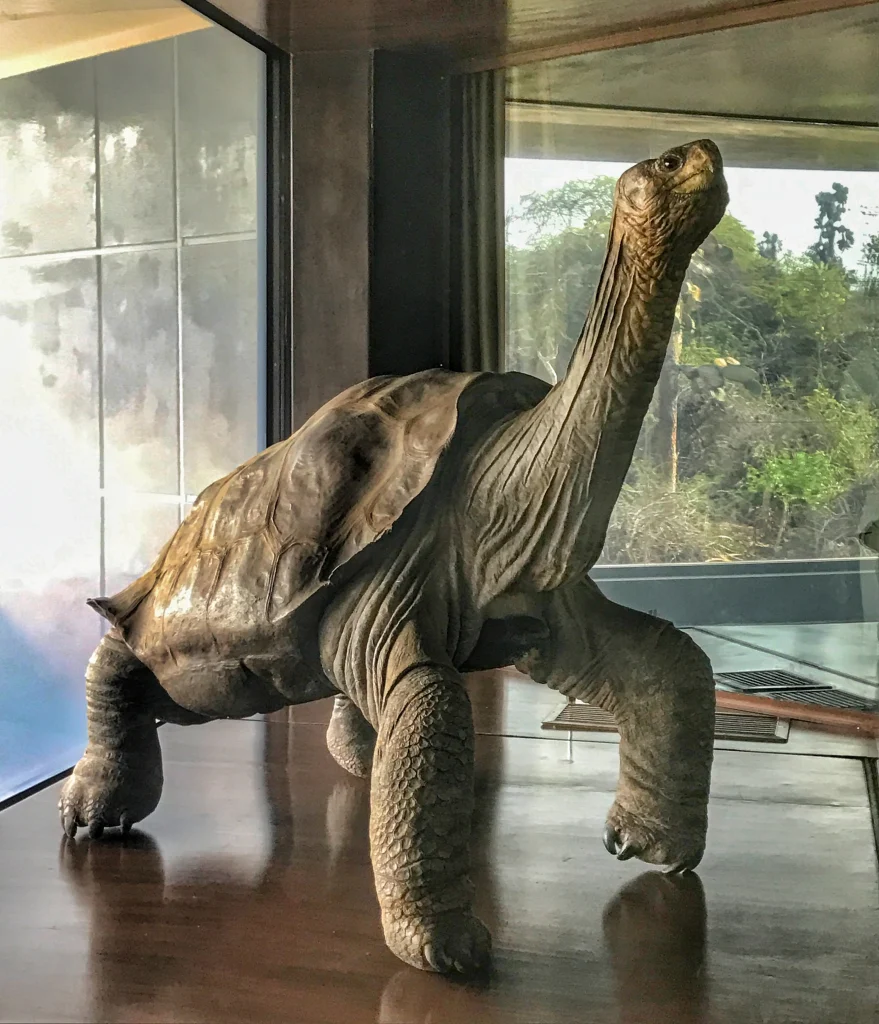
Diego: Hope That Transforms a Species
Diego’s life is the other side of that coin: the triumph of persistent action. This Chelonoidis hoodensis tortoise, native to Española Island, spent more than 30 years in U.S. zoos. In 1976, thanks to collaboration among institutions, he was transferred to the Giant Tortoise Breeding Center in Santa Cruz—the same place where George had lived.
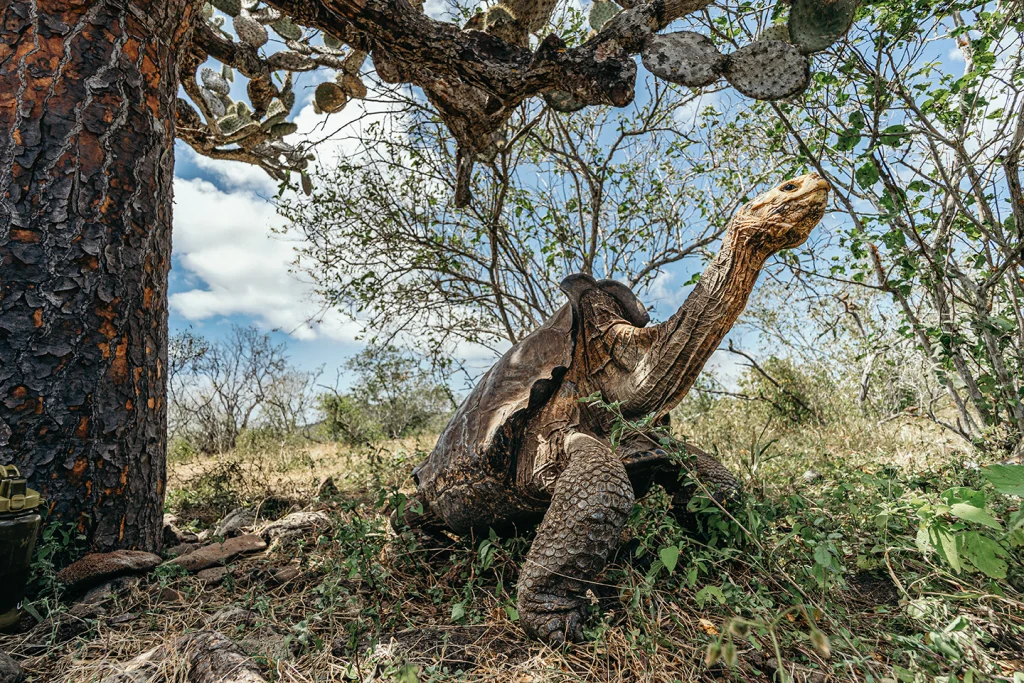
The move was a masterstroke in conservation. Named ‘Diego’ after the San Diego Zoo from which he came, DNA testing had identified him as a crucial specimen for a program aimed at restoring a population reduced to just 15 individuals.
Once at the breeding center, Diego became the program’s star contributor. He is credited with fathering around 900 offspring, many of which were released on Española. Thanks to his prodigious contribution, the population grew to over 3,000 individuals, reviving the island’s ecological dynamics.
In June 2020, after more than 40 years of reproductive success, Diego was released back into his native Española. Today, he roams free on the island—a living symbol demonstrating that with patience, commitment, and long-term vision, nature can recover. Diego’s legacy is a powerful invitation to believe in the impossible made possible, even when all seems lost.
Fernanda: The Surprise That Keeps the Search Alive
The species Chelonoidis phantasticus was known only from a single giant tortoise specimen collected during a 1906 expedition and transported to the United States by the California Academy of Sciences. For more than a century after that, there were no further reports of tortoises on Fernandina Island.
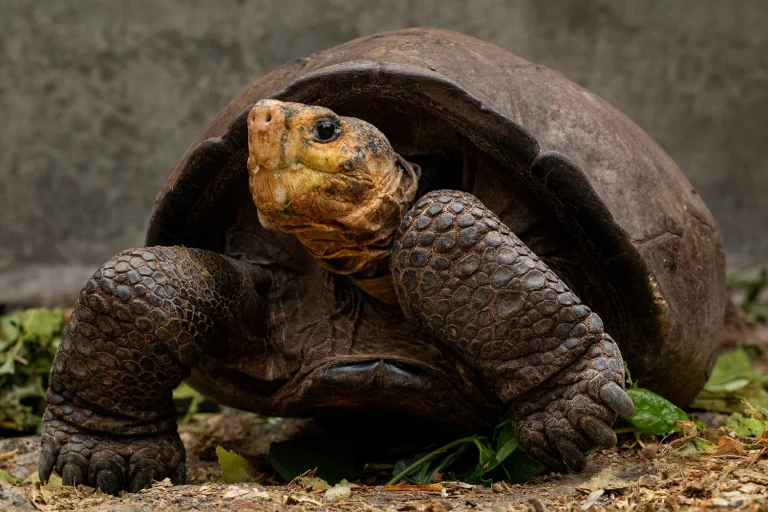
Everything changed in 2019, when a joint expedition by the Galápagos National Park Directorate and Galápagos Conservancy discovered a living tortoise in a remote corner of the island. The finding astonished the world and sparked new hope for this species thought to be lost.
Genetic analyses confirmed the tortoise’s identity: she belonged to the same species as the specimen collected in 1906. Named Fernanda, she became the only known living representative of Chelonoidis phantasticus.
Like George and Diego, Fernanda was transferred to the Giant Tortoise Breeding Center in Santa Cruz for protection and study — and new scientific expeditions to Fernandina were launched in the search for more individuals. Fernanda reminds us that even when we think all is lost, nature can still surprise us. Her existence is a call not to give up and to keep alive the hope of safeguarding the irreplaceable.
Three Stories, One Shared Lesson
The stories of George, Diego, and Fernanda do not belong only to Galápagos—they are universal lessons in conservation. They show us what happens when we are negligent, what we can accomplish through a shared commitment, and what we might find when we dare to keep searching. Three tortoises, three lessons that urge us to prevent extinctions, to act decisively, and to never lose our capacity for wonder. In them, we find a compass to face the great challenge of our time: securing a future where life can continue to flourish.
Galápagos Conservancy, together with the Galápagos National Park Directorate and the local community, will continue working to ensure these stories move beyond mere symbolism and are transformed into concrete actions that protect the species and ecosystems that sustain us all.
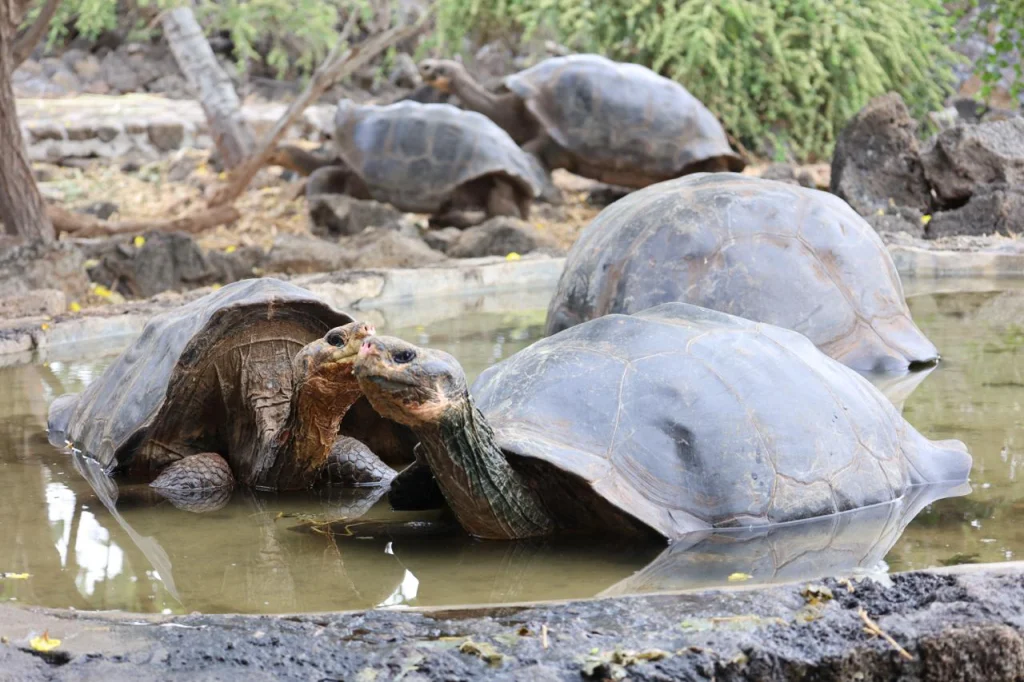
Because every step they take doesn’t just reshape the land—it rewrites a story for a species many believed was over, and one that is now moving forward once again.
Share:
